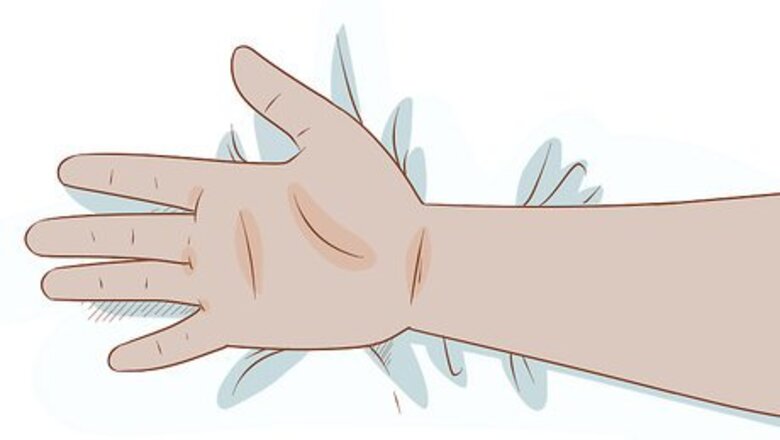
views
Adjusting Your Wrist Position
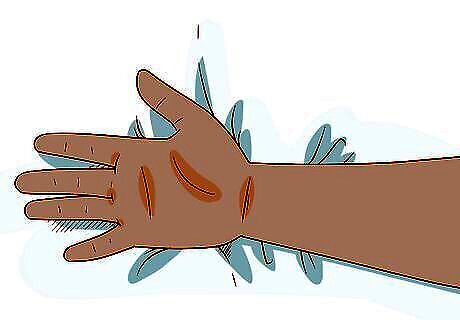
Keep your wrists straight. Position your hands so that they extend straight out from your arm. When you bend your wrists while you sleep, the nerves running through the wrists can't function as well as they should, causing numbness. Keeping your wrists straight will allow the nerves to work as they should. Bending your wrists either way, backwards or forwards, is bad for your circulation.
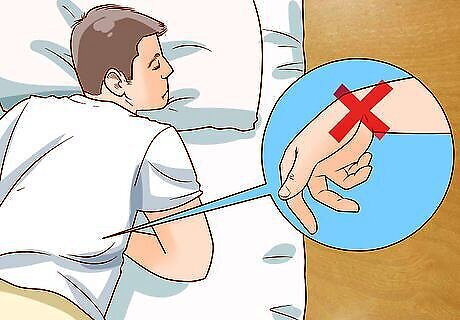
Avoid folding your wrists under your body. Keep your hands out from under the pressure of your body. Many people fold their hands in under themselves while they sleep if they sleep on their stomachs. Instead, work on keeping your wrists straight while you sleep, even if you are on your stomach. This both cuts off the circulation at the wrists and it reduces overall circulation in the hands because of the pressure of the body.
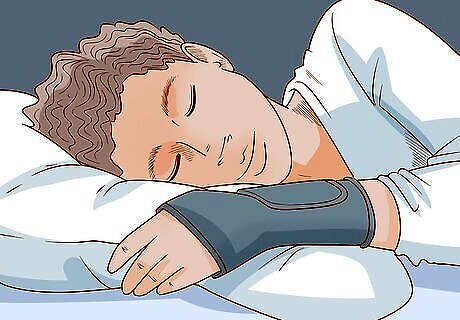
Put on wrist splints while you sleep. If you cannot keep your wrist straight while you sleep by simply repositioning it, you may need some mechanical assistance. Put on a wrist splint, also called a wrist brace, to force yourself to keep your wrist straight. While wearing a splint while you sleep may be irritating at first, most people tend to get used to it over time. Wrist splints are available at most pharmacies, big box stores, and from online retailers.
Adjusting Your Arm Position
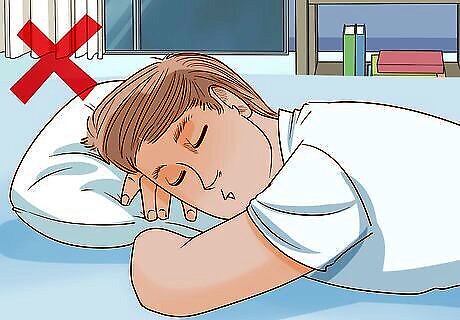
Avoid sleeping with your arms over your head. Keep your arms down at your sides so that the circulation in your arms is not impacted. When you lift your arms above your head, it can cut off the circulation down your arms because the nerves in the shoulder are cut off. Whether you sleep on your stomach or your back, having your arms down by your side will help you avoid numbness in your hands.

Don't sleep in the fetal position. Keeping your body curled up and your arms tucked in tight to your body can reduce your circulation because your arms are bent. In this position the pressure of your body weight also reduces your circulation and blood flow. If you sleep on your stomach, keep your arms straight and off to your sides.
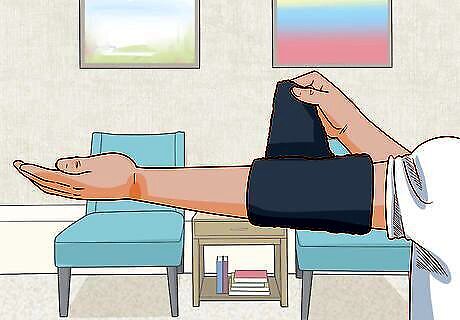
Wrap your elbows in a towel to help keep your arms straight. If you are having problems keeping your arms straight while you sleep, you can use a towel and an ace bandage to force yourself to do it. Wrap the towel around your elbow, from the forearm to the bicep, and then hold it in place with the bandage. The bulk of this wrap will not allow you to fold your arm while you sleep. You don't want to wrap the ace bandage too tightly or it could reduce the circulation in your arm. Aim for a wrap that holds the towel in place but doesn't squeeze the arm. You will know the wrap is too tight if you hands become numb or tingle.
Treating Medical Problems

Consult with a doctor about your numbness. If you have having numbness while you sleep and adjusting your sleeping position hasn't helped, then you should seek medical care. There are a variety of conditions that can impact your circulation or nerve function, so you should be assessed to see if you have any of them. Some conditions that can cause numbness in the hands include vitamin B deficiency, peripheral neuropathy, diabetes, carpal tunnel syndrome, fluid retention, and a variety of other medical problems. Call your doctor and tell them about your symptoms. They will let you know whether you need to come in right away or if you can wait for the next available appointment.

Have your carpal tunnel syndrome treated, if necessary. In many cases, carpal tunnel syndrome in the wrist can cause you to get numb hands while you sleep. Talk to your doctor about how best to treat your condition. In order to reduce your numbness, doctors often suggest a combination of rest, stretches, and medication. In severe cases of carpal tunnel syndrome your doctor may suggest surgical treatment. This treatment releases pressure in the wrists, allowing the nerves to send signals more freely and more blood circulation to occur in the hands.
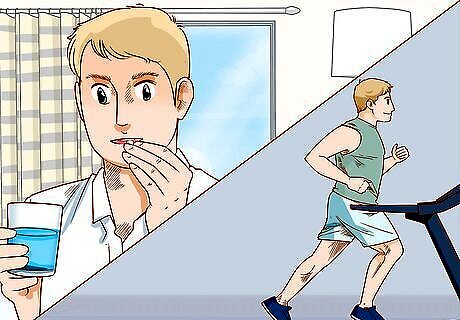
Treat your diabetes, if necessary. Another condition that is often the cause of numbness in the hands is diabetes. To treat this condition you should start by making lifestyle changes that will reduce your symptoms. Also consult with your doctor about whether you need medication to control your condition. Treatment may include a combination of taking medication, losing weight, exercising more, and improving your diet.




















Comments
0 comment